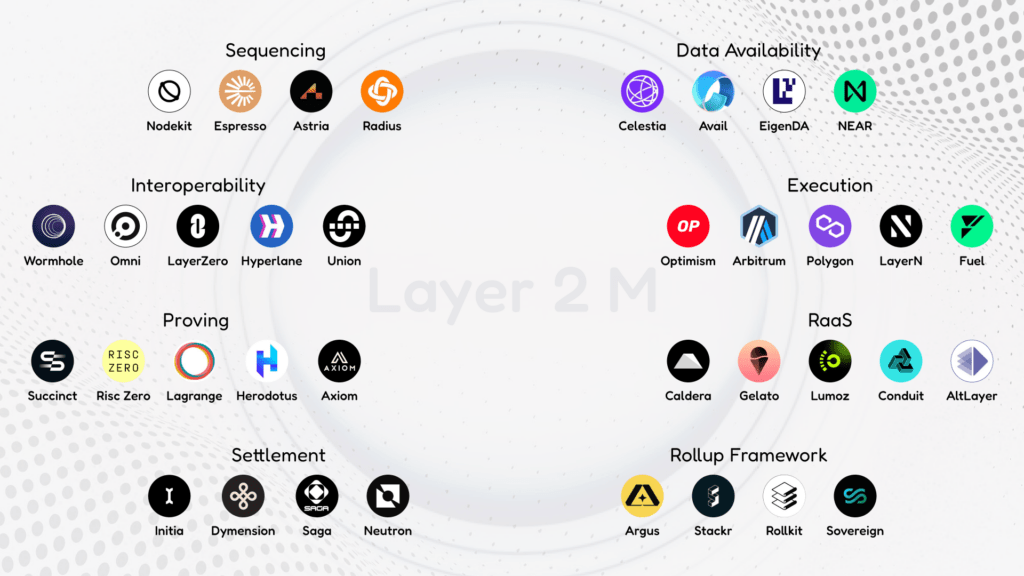Research Summary
The report explores the evolution of tokenization, its potential benefits, and the challenges it faces. It discusses how tokenization has moved from representing ownership of physical assets to digitizing financial assets. The report also highlights the impact of the current high yield environment on tokenization, the potential of blockchain technology, and the issues surrounding infrastructure and jurisdiction. It further delves into the shift in tokenization’s business use case towards capital market instruments and the projected growth of the tokenization opportunity.
Key Takeaways
Evolution and Potential of Tokenization
- From Physical to Financial Assets: Tokenization has evolved from representing ownership of illiquid physical assets to digitizing financial assets such as sovereign bonds, money market funds, and repurchase agreements. This shift has been influenced by the current high yield environment, which has made the capital efficiency of instantaneous settlement more apparent to financial institutions.
- Blockchain Technology’s Role: Onchain payments and settlements powered by blockchain technology can provide 24/7 operations, automation of intermediary functions, and transparent audit records. However, infrastructure and jurisdictional concerns remain challenges, with many institutions relying on private blockchains due to concerns about smart contract exploits, oracle manipulation, and network outages.
- Tokenization’s Business Use Case: Tokenization’s business use case has shifted towards capital market instruments like US Treasuries, bank deposits, money market funds, and repurchase agreements. This shift is driven by the need for capital efficiency in a high yield environment and the benefits of tokenization, including 24/7 operations, automation, and transparent audit and compliance records.
- Projected Growth of Tokenization: Projections on the size of the tokenization opportunity range from $5T to $16T by 2030, including the growth of central bank digital currencies and stablecoins. However, legal clarity for stablecoins is lacking in the US, and many jurisdictions lack clear legal frameworks for tokenization.
- Challenges in Tokenization: Tokenized assets face challenges in finding transparent price discovery in DeFi via channels like automated market makers (AMMs), leading to muted activity compared to non-KYC assets. Institutions have opted to build their own private blockchains for tokenization purposes to mitigate concerns around smart contract exploits, oracle manipulation, network outages, and compromised keys.
Actionable Insights
- Addressing Infrastructure and Jurisdictional Concerns: To fully leverage the potential of tokenization, financial institutions need to address infrastructure and jurisdictional concerns. This could involve enhancing the security and reliability of public blockchains or improving the interoperability of private blockchains.
- Legal Clarity for Tokenization: Governments and regulatory bodies need to provide clear legal frameworks for tokenization, including stablecoins. This would help to reduce uncertainty and foster growth in the tokenization space.
- Improving Price Discovery for Tokenized Assets: To boost activity in tokenized assets, transparent price discovery mechanisms need to be established. This could involve integrating tokenized assets into existing DeFi platforms or developing new platforms specifically for these assets.
- Building Interoperable Private Blockchains: Institutions building their own private blockchains for tokenization should focus on ensuring interoperability with other blockchains. This would help to prevent liquidity fragmentation and enable more efficient real-time settlement.











